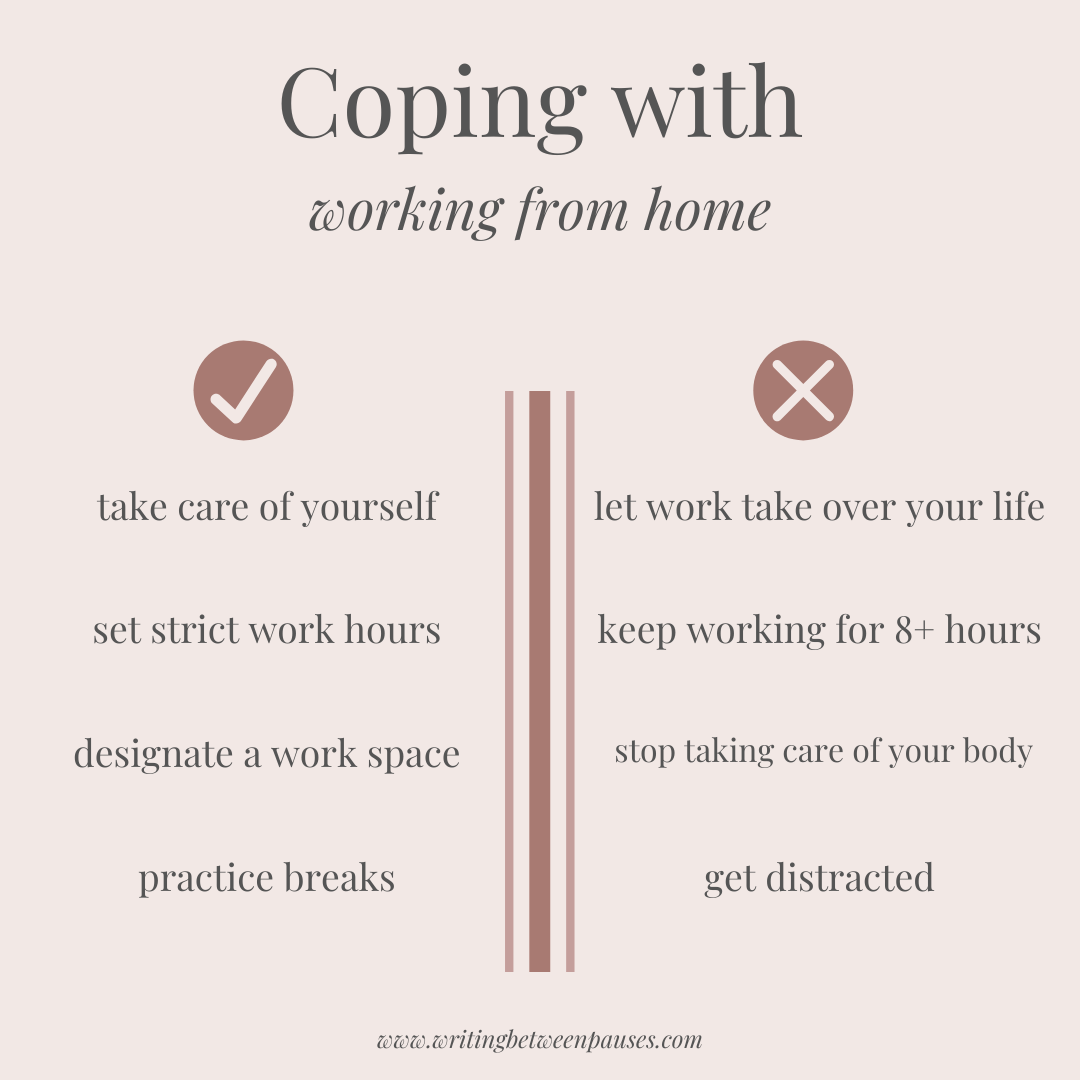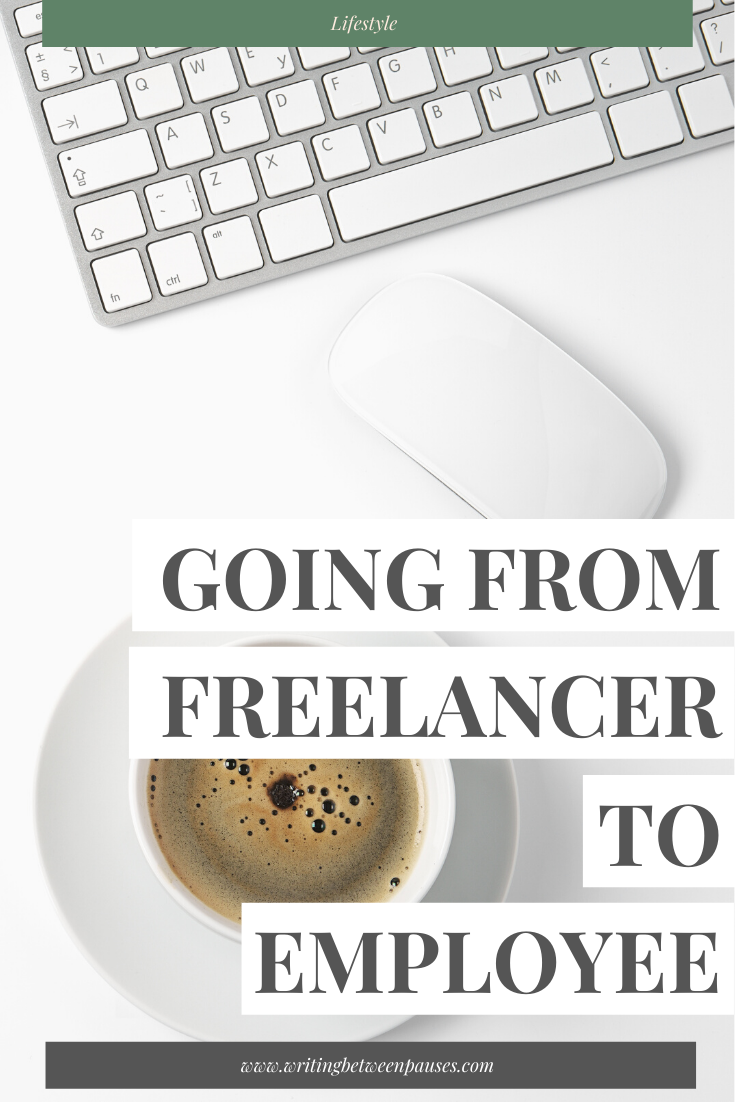It’s been so long since I’ve written and posted anything close to fashion content—including photos. I’m really out of the habit. However, I’ve been on the hunt for the perfect loungewear for wearing around the house while I’m working—pretty much since quarantine started in March. I feel like I’ve ordered more new loungewear and pajama sets than I have in years.
Part of the reason why I’ve been on the hunt for great loungewear is because I want to feel comfortable while I’m working from home, while also wearing things that don’t make me feel super slovenly or gross. I tend to wear my pajama pants (well loved pajama pants! I’ve owned the same 5 pairs since before I was pregnant with Forrest) and t-shirts of Danny’s when I’m home. And frankly, after a few weeks of that, I wasn’t feeling so great.
Loungewear gives you that perfect in-between of “I’m dressed up” but also “I’m super comfortable.” When Femme Luxe reached out to me to showcase a few outfits, I was excited to see so much loungewear available. It isn’t the sort of website I would usually consider placing an order from, but I decided to test it out and see what I thought. I’m really glad I did. Here are the 2 outfits I picked out (comprised of 3 separate pieces!).
The first choice I made was this Gray Oversized Loungewear Set. I love an oversized t-shirt, so that was an easy choice to make. In regards to sizing, I ordered the Large size in this one—the shirt is perfectly oversized. The leggings were a bit small at first, but have stretched out a little overtime. I’m typically a size 12-14 ish in pants and skirts (although it’s super variable), so just keep that in mind if you’re ordering.
Best of all these 2 pieces are comfy and soft. Since it’s a uniform gray-all-over, I feel a little more put together than just in my slubby oversized t-shirt!
One thing to note is that these leggings are a bit see-through in the butt—so if you wear them out, make sure to wear a longer t-shirt (like the matching one!) or a tunic-style top to cover up (if that’s something you worry about! If not, live your life girl!)
The second loungewear set I picked was the Taupe & Black Oversized Hoodie Shorts Loungewear Set. It’s a set of basically sweatpants shorts and a zip up hoodie vest—I picked the olive green color, but it also comes in taupe.
I ordered the XL size in this one and I probably could have ordered a size large. The shorts are a little too big, but that’s fine because they’re so comfortable and soft. I’ve probably worn this set more than any other—it’s so comfortable and perfect for summer, when it’s too hot for leggings, but you want to be comfy.
The hoodie vest is also great for layering—I like having pockets when I’m in my house, only so I always have my phone and glasses. These ones are perfect—they’re super big!
I paired this set with the Coral California Graphic T-shirt. I ordered a size Large in this as well—it fits really well. I’ve worn this t-shirt so much, I’ve washed it 3 times since I got it already! It’s probably my second favorite piece (after the shorts from the loungewear set!) and I’ve gotten a ton of compliments on it. It’s just a cute graphic t-shirt, perfect for wandering around the house, working or just lounging.
My favorite thing about these 2 outfits is that, if I have to jump on a quick Zoom call with a client and don’t want to change my outfit, it doesn’t look like I’m wearing loungewear—I look nice without having to put in a ton of effort!
When I first was approached by Femme Luxe, I was worried that they wouldn’t carry much in my size. Being plus size these days definitely feels a bit restrictive at times—there’s just less for us. But if you’re in the smaller range of plus size, Femme Luxe is a great, affordable option. Even better, they do ship to the United States, so if you, like me, want to try some new loungewear pieces, they will make it across the pond!
Disclaimer: As denoted by the asterisk (*) in this post’s title, I did receive items for free in exchange for posting. Posts like this help me keep the lights on here at Writing Between Pauses. However, all opinions remain my own. If you’d like to learn more about my disclosure policy, click here.























